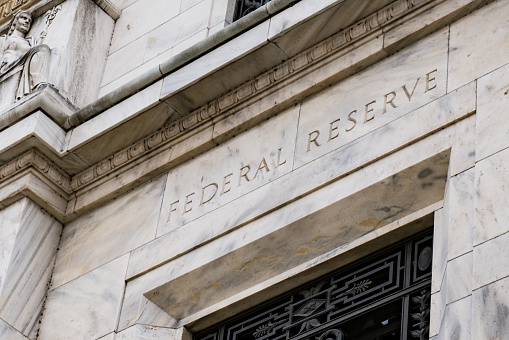Investors will be analysing the Federal Reserve’s comments as the FOMC wraps up two-day policy meeting today for insight on whether the central bank has begun discussing tapering bond purchases and if policymakers are concerned about rising inflation. While the central bank is not expected to take any action, traders will watch for comments on inflation and the Fed’s eventual tapering plans.
Tapering of the bond-buying programme
The Fed is keen to minimize the possibility of a market disruption when it begins to reduce its $120 billion per month government bond and mortgage-backed securities purchase program.
Market participants will be focused on whether this has advanced in any way, with a reduction in bond purchases expected to be the first step in the Fed’s normalizing its ultra-loose monetary policies. Signs of tapering sooner than expected could spark a bond market sell-off, which could hurt risk appetite and send stocks lower. Any taper talk also will see the U.S. dollar spike higher as speculative shorts will scramble for the exits. Avoidance of any taper talk meanwhile will see the greenback lose ground against its rivals.
However, most analysts think the Fed will hold off on any announcement on bond reductions until its Jackson Hole economic symposium in August, with the taper unlikely to occur until late this year or early next year. Though some market participants are worried there are dangers in waiting as inflation prints come in strong, following red-hot May CPI report last week.
Raising of interest rates
With U.S. inflation rising faster than expected and the economy forecast to grow at its quickest pace in decades this year, some policymakers have begun questioning whether the Fed should continue to keep its benchmark short-term interest rate near zero and leave unchanged a massive bond-buying program put in place to stem the economic fallout from the pandemic.
Key will be Fed members' projections, or dot plots, for interest rates and whether more now tip a hike in 2023. Seven of 18 officials expected to raise rates in 2023 at the Fed’s March meeting, compared with five in December. Four officials also felt rates may need to rise as soon as next year, a change from zero as of the last projections in December.
Any increase in inflation projections for 2022 and 2023 may indicate that the Fed sees inflation increases being more persistent than previously expected.
In last FOMC meeting, Fed Chair Jerome Powell and his colleagues remained dovish in the interest rates decision. The U.S. Federal Reserve’s policymaking committee voted to keep short-term borrowing rates near zero in a widely expected move. The Fed also ramped up its expectations for economic growth by 6.5% this year, while indicated that there are likely to be no interest rate hikes through 2023.
The benchmark 10-year Treasury yield, whose climb in the first quarter helped buoy the dollar, sat at 1.4973% on Wednesday, after sinking as low as 1.4280% last week for the first time since early March.
The central bank's latest policy statement is due to be released with fresh economic projections at 2 p.m. EDT (1800 GMT). Fed Chair Jerome Powell is also scheduled to hold a news conference to elaborate on the two-day meeting.















